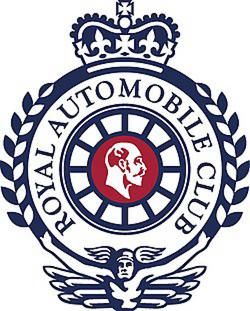An Interesting Read: The Early Driver’s Licence
)
The Locomotive on Highways Acts were Parliament’s answer to quell public fear surrounding self-propelled vehicles, however between January 1903 and July 1904 there was much debate in the press juxtaposing automotive accident rates with those caused by horses.
The Manchester Courier noted that over 5,000 accidents occurred during those eighteen months involving horses on the roads, which injured 3,198 people and caused the deaths of 513 people. The national UK accidents rate from horse drawn vehicles during 1903-4 was an astounding 123 per week.
This statistic was ceased upon by the A.C.G.B.I. who noted that accidents involving horse drawn vehicles were so commonplace, that no outrage ensued, but automotive accidents were immediately paraded as evidence of the dangerous nature of the car. The A.C.G.B.I. were only too aware of the public perception of automobiles and they did everything in their power to change this.
On 1st January 1904, the Motor Car Act came into force, which was the first statute where the term `motor car’ was used. The Act incorporated many recommendations made by the Club to aid the identification of motorists, such as driver’s licences. These licences were renewable annually for 5 shillings and holders were not required to sit a test.
The A.C.G.B.I. supported driver’s licences for identification purposes, but the Club also knew that responsible motorists on the road was the best way to change public opinion towards the car. The A.C.G.B.I. had previously provided proficiency certificates as evidence of ability for Motor Volunteers offering their services to the War Office. Other drivers, such as those undertaking official car trials, then began to ask if they could also have official evidence of their driving skills from the Club. In April 1905, the Club decided to extend this offering to all motorists. They offered two kinds of proficiency certificates. One was for owner drivers and the other for Paid Drivers. Both categories were required to prove they could drive a car in heavy traffic and manoeuvre it. They were also tested on the meaning of road signs and laws pertaining to the Highways Acts. The Paid Drivers certificate however, included a larger mechanical element and those who passed, could then be placed on a Club Employment Register consulted by members who wished to obtain a chauffeur or delivery driver.
Applications began to arrive via motoring schools and the Club compiled a formal register of schools that would prepare candidates to sit the exam for the Proficiency Certificates.
These were the first formal driving tests and it was not until 1st June 1935 that the Government linked the issuing of driving licences with the need to sit a test.







.resize-500x189.png)








